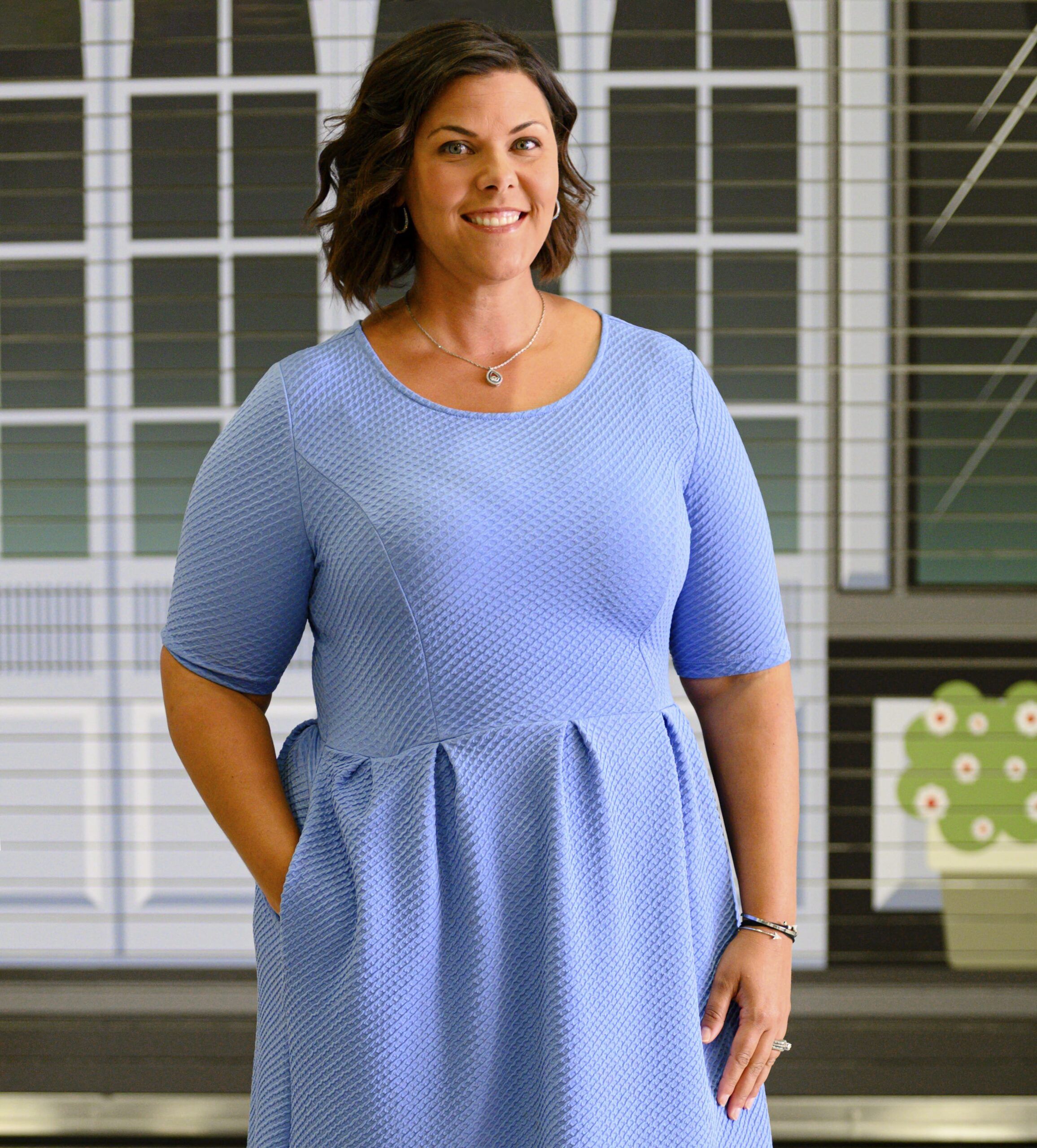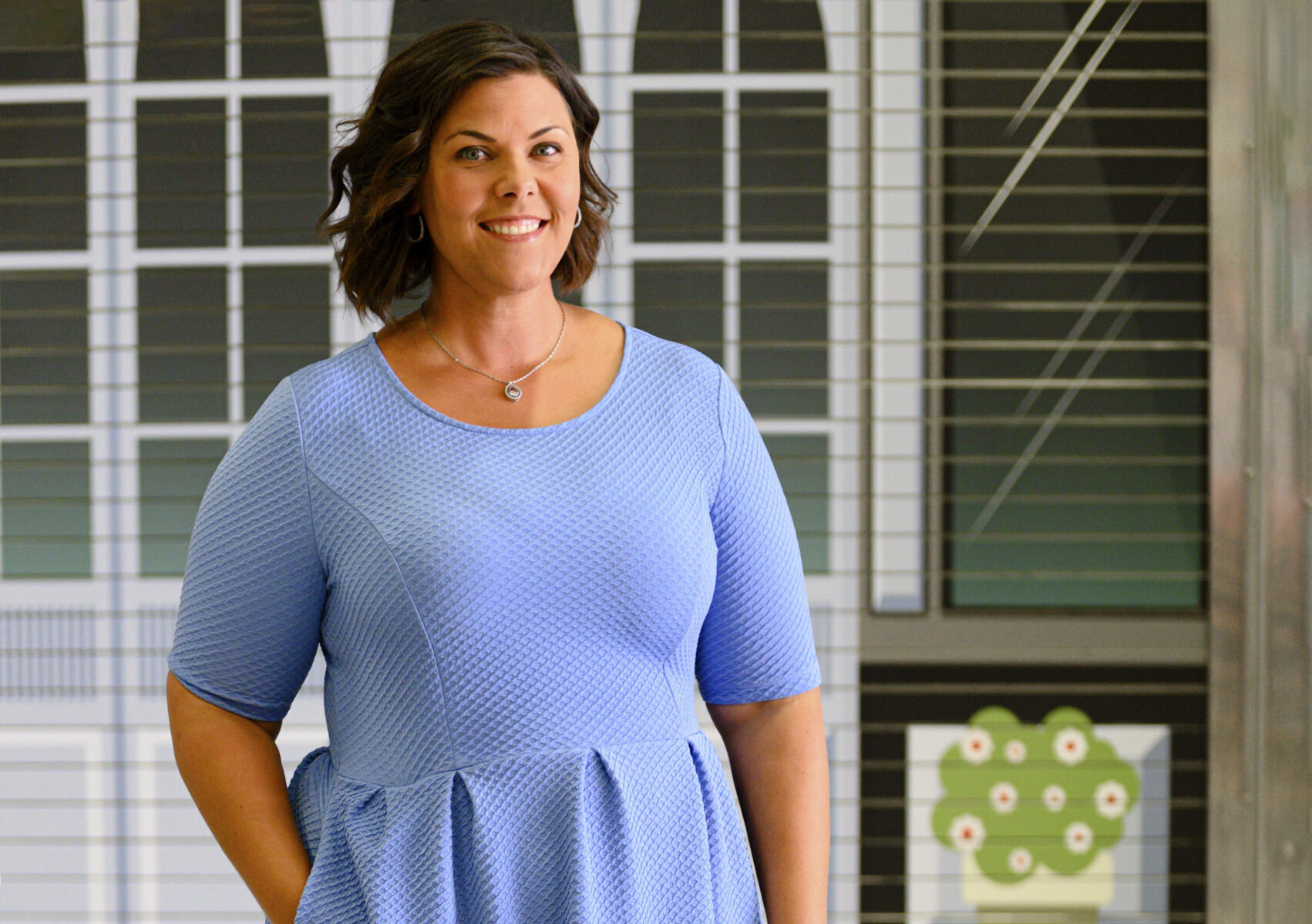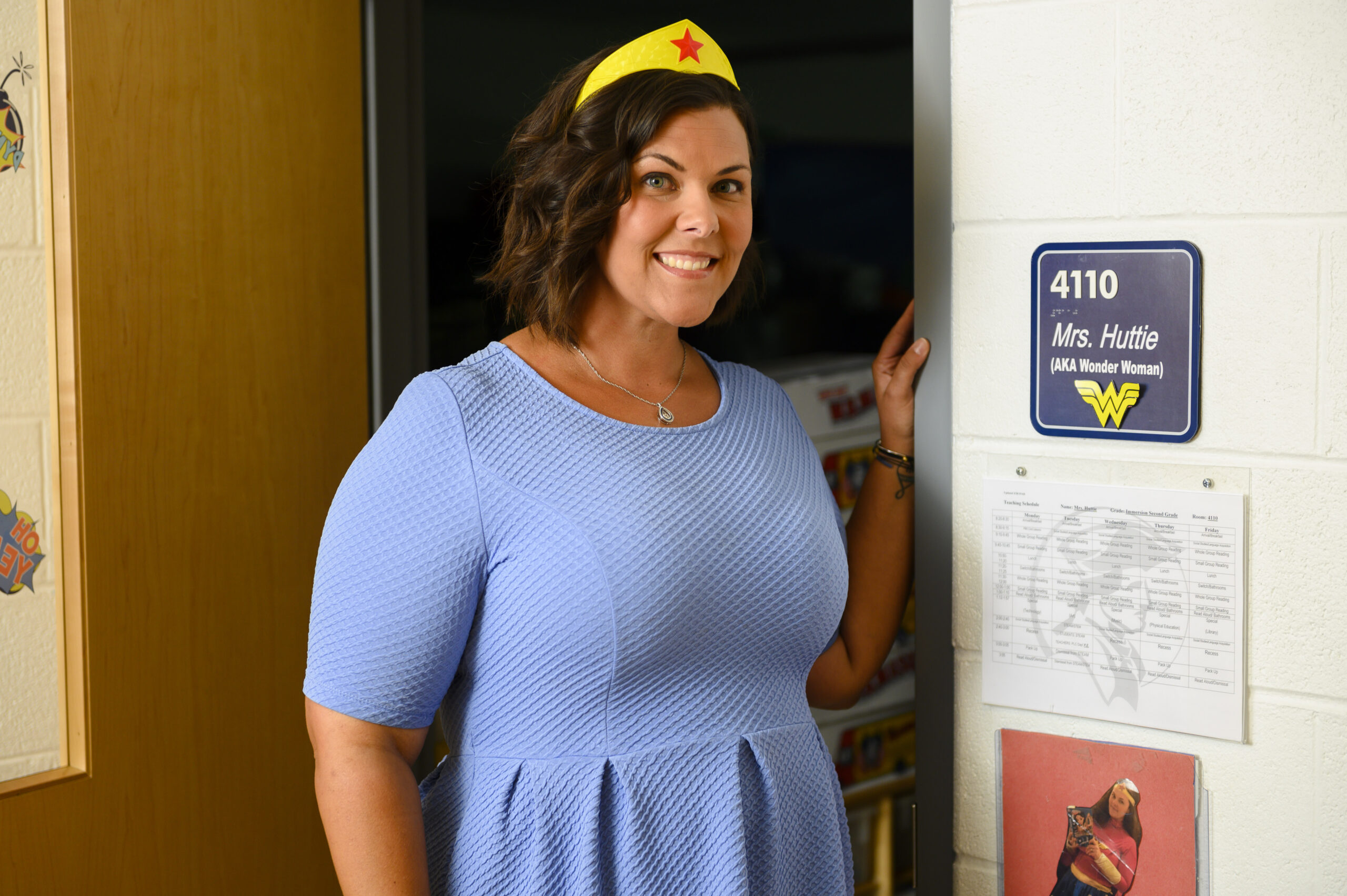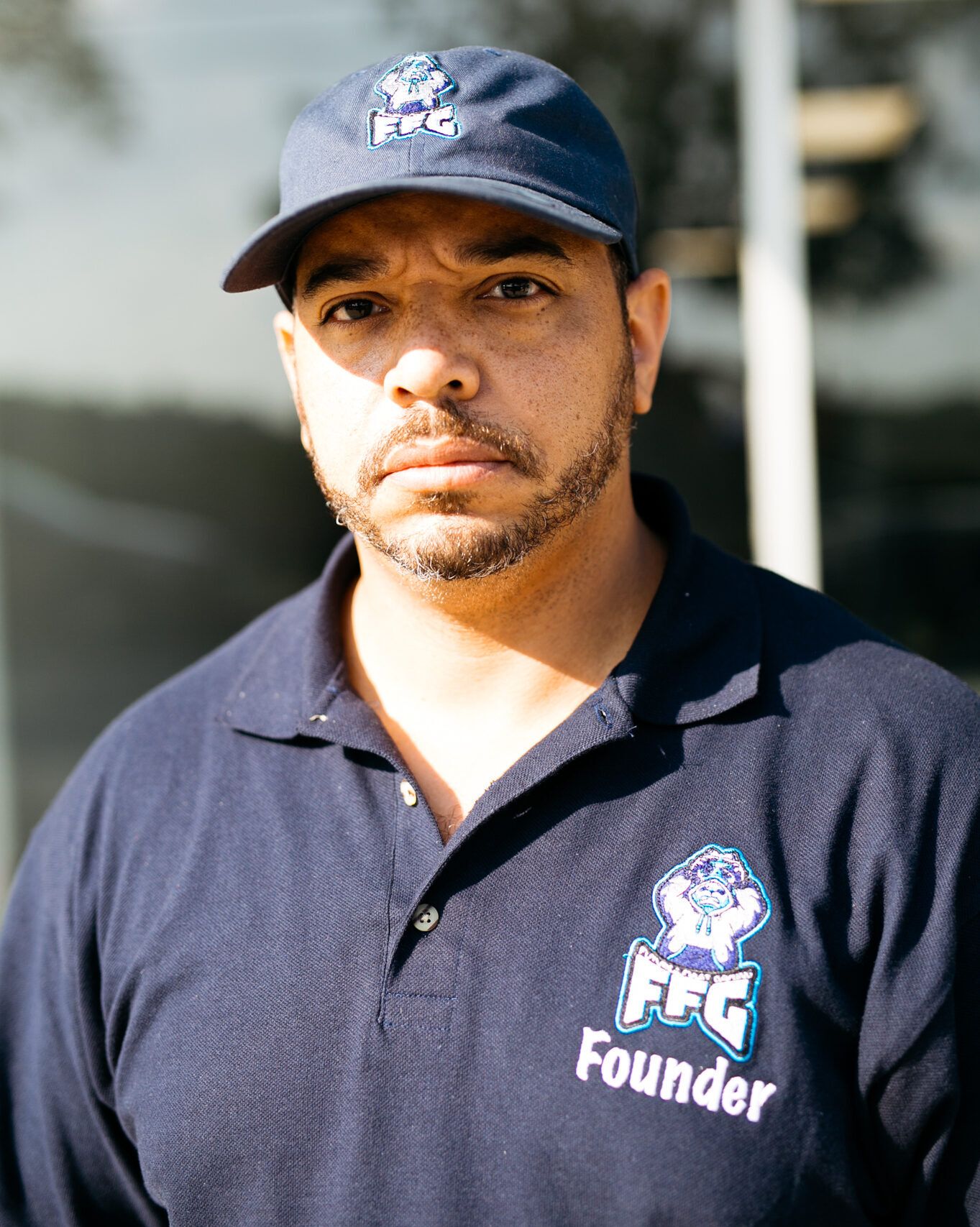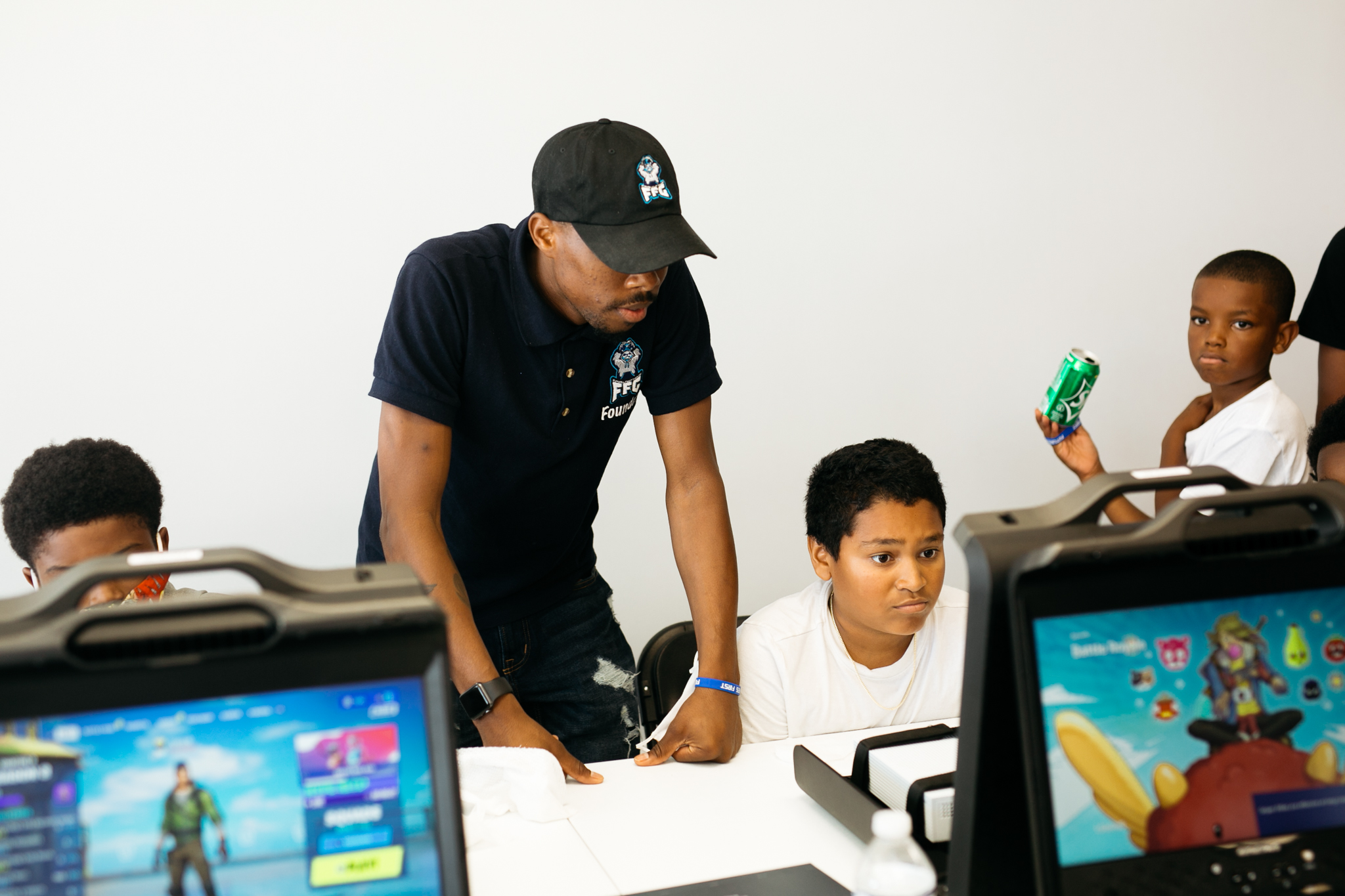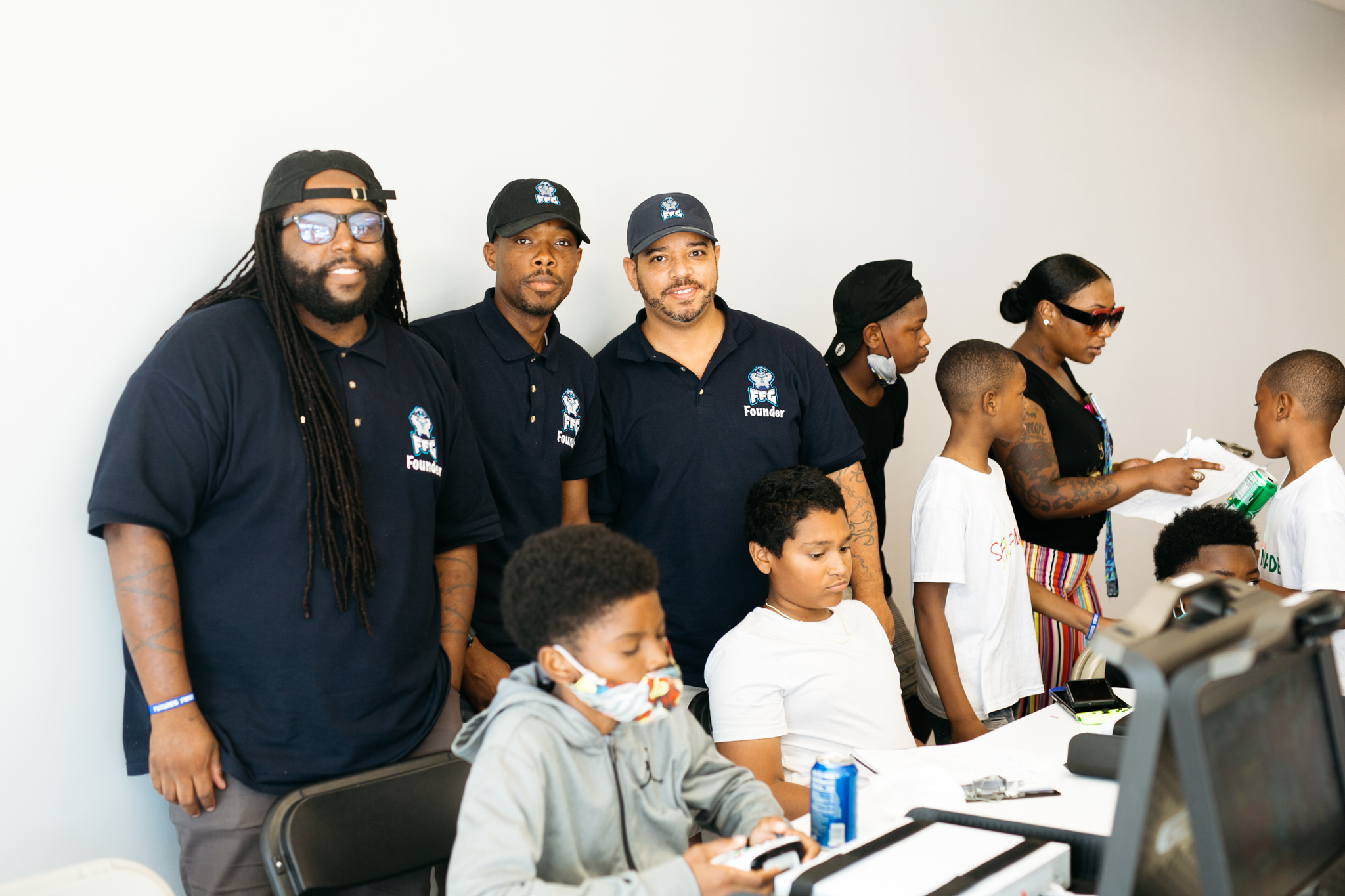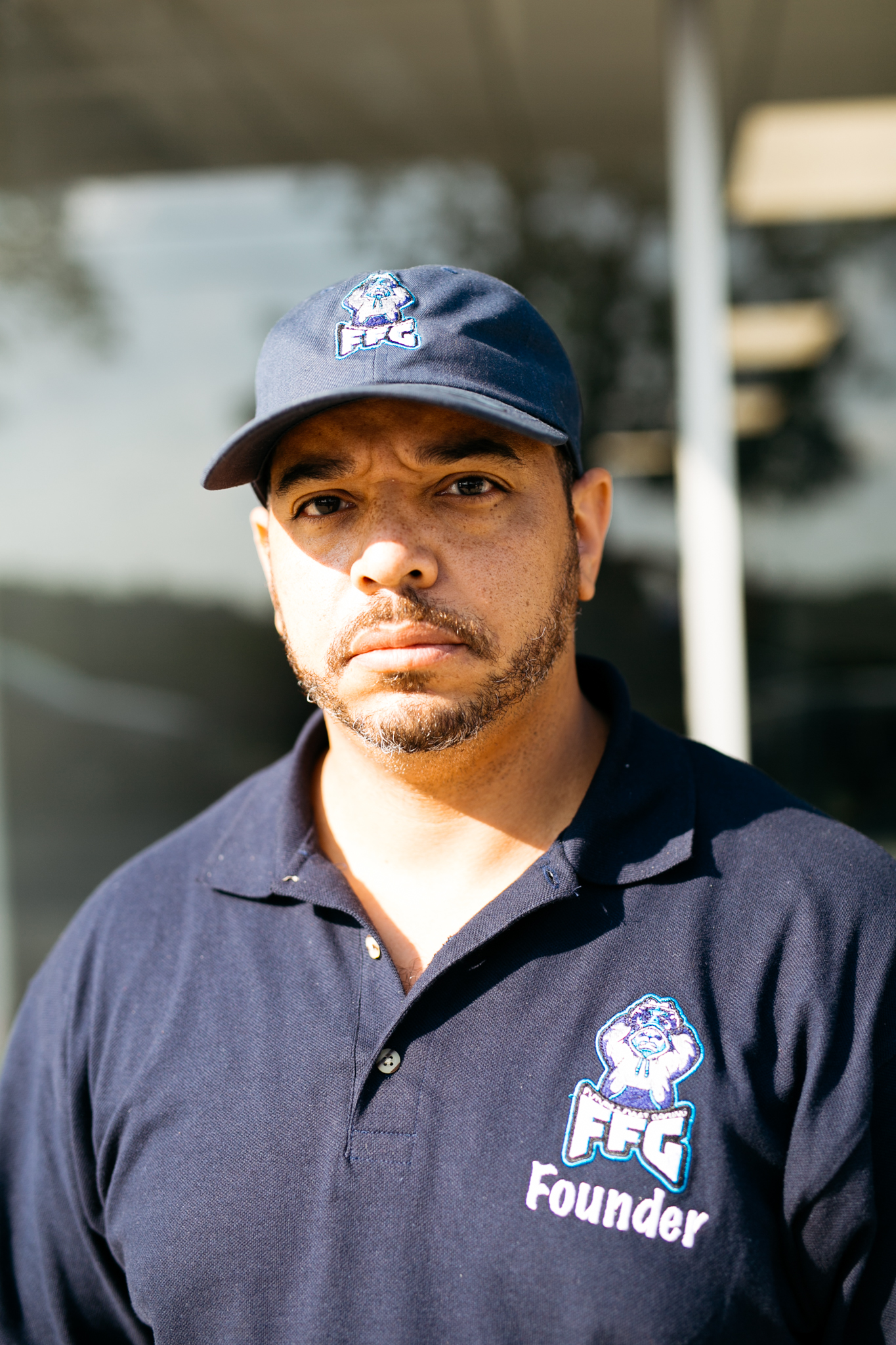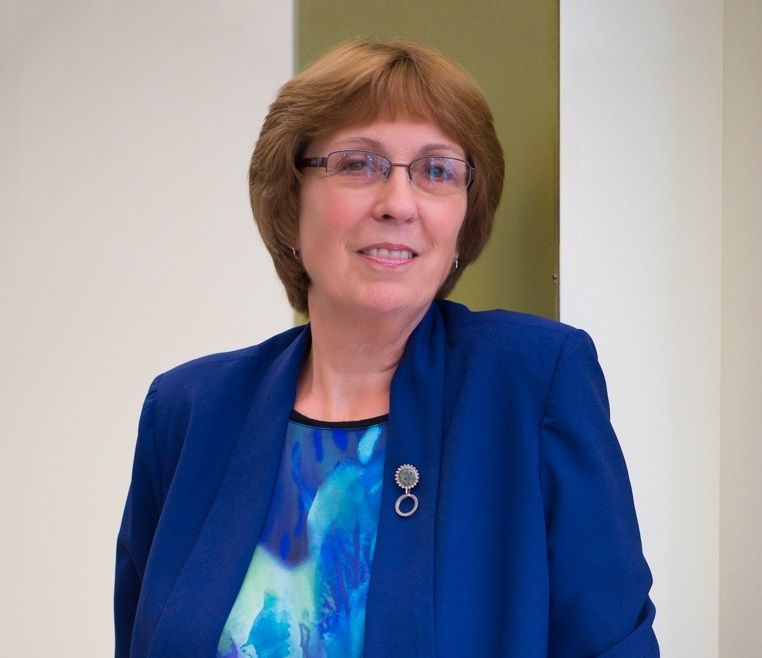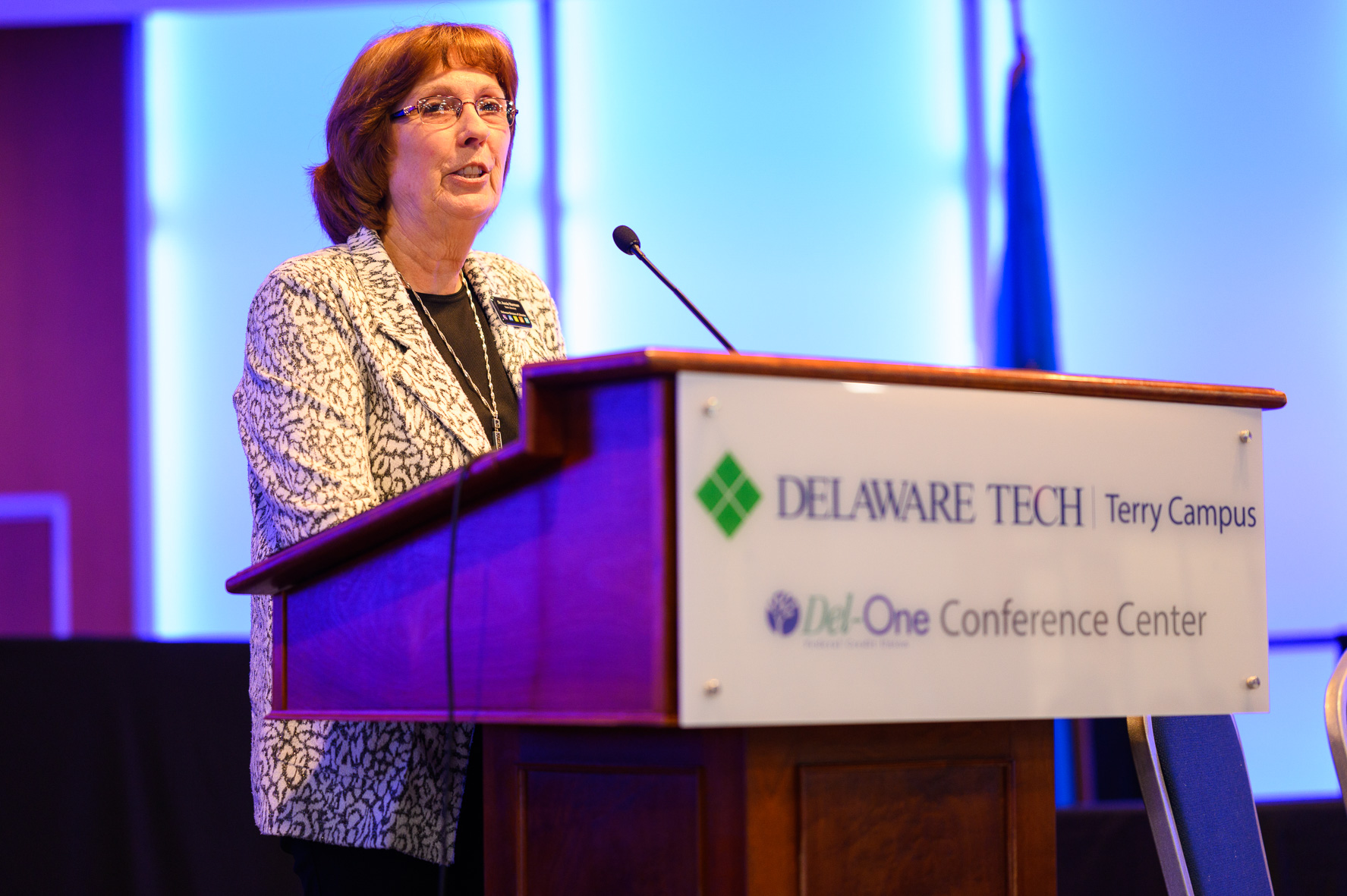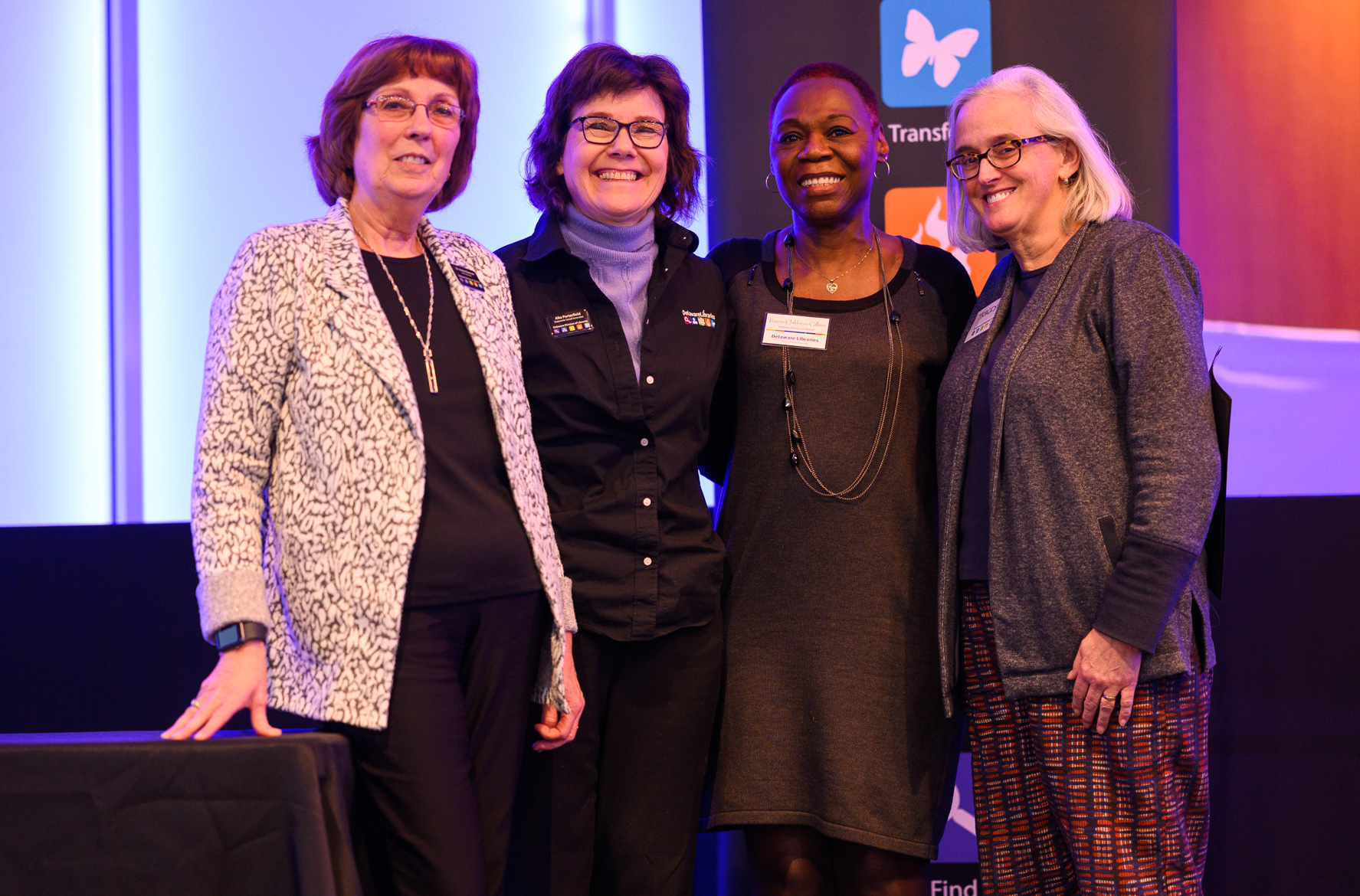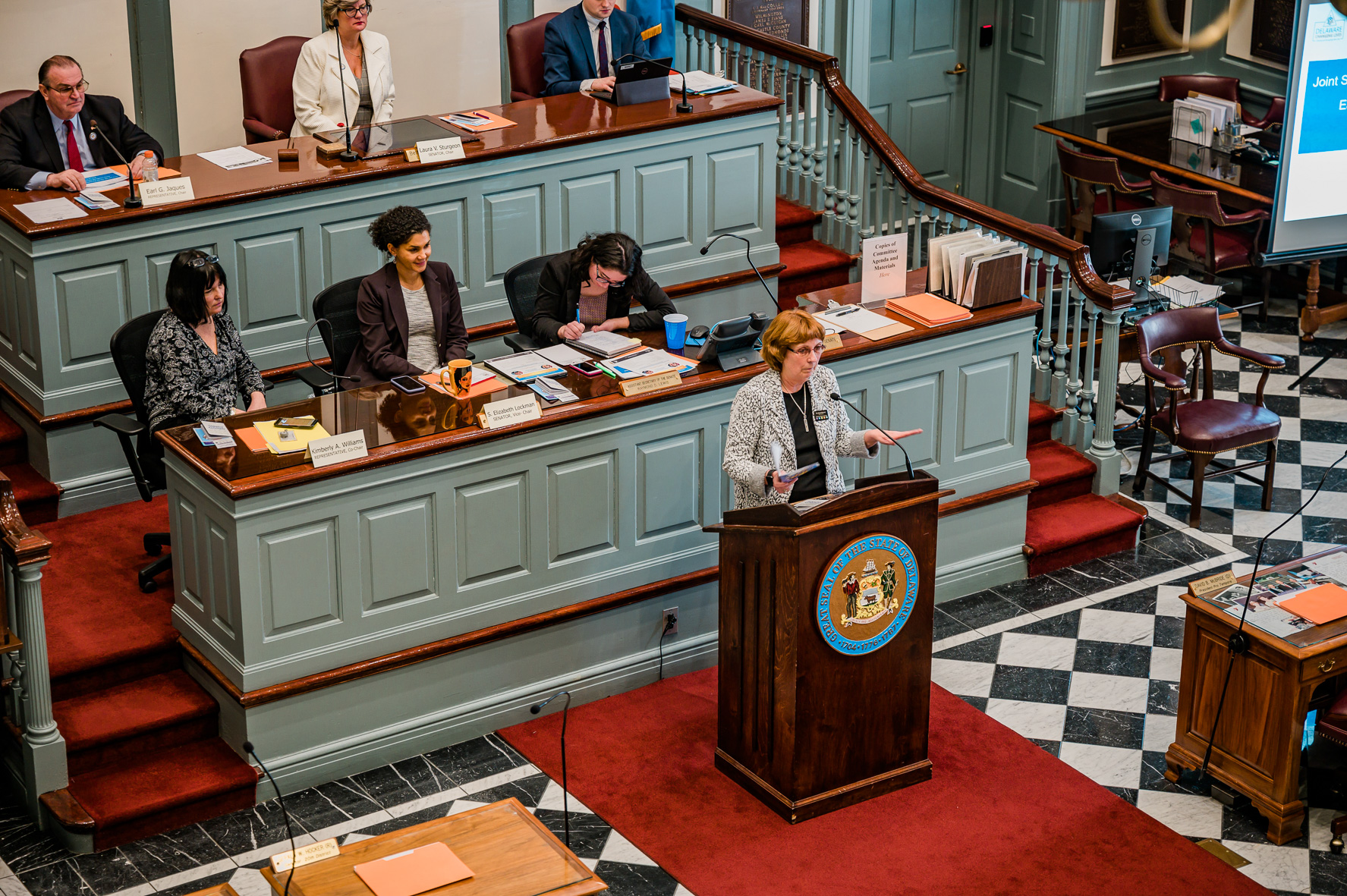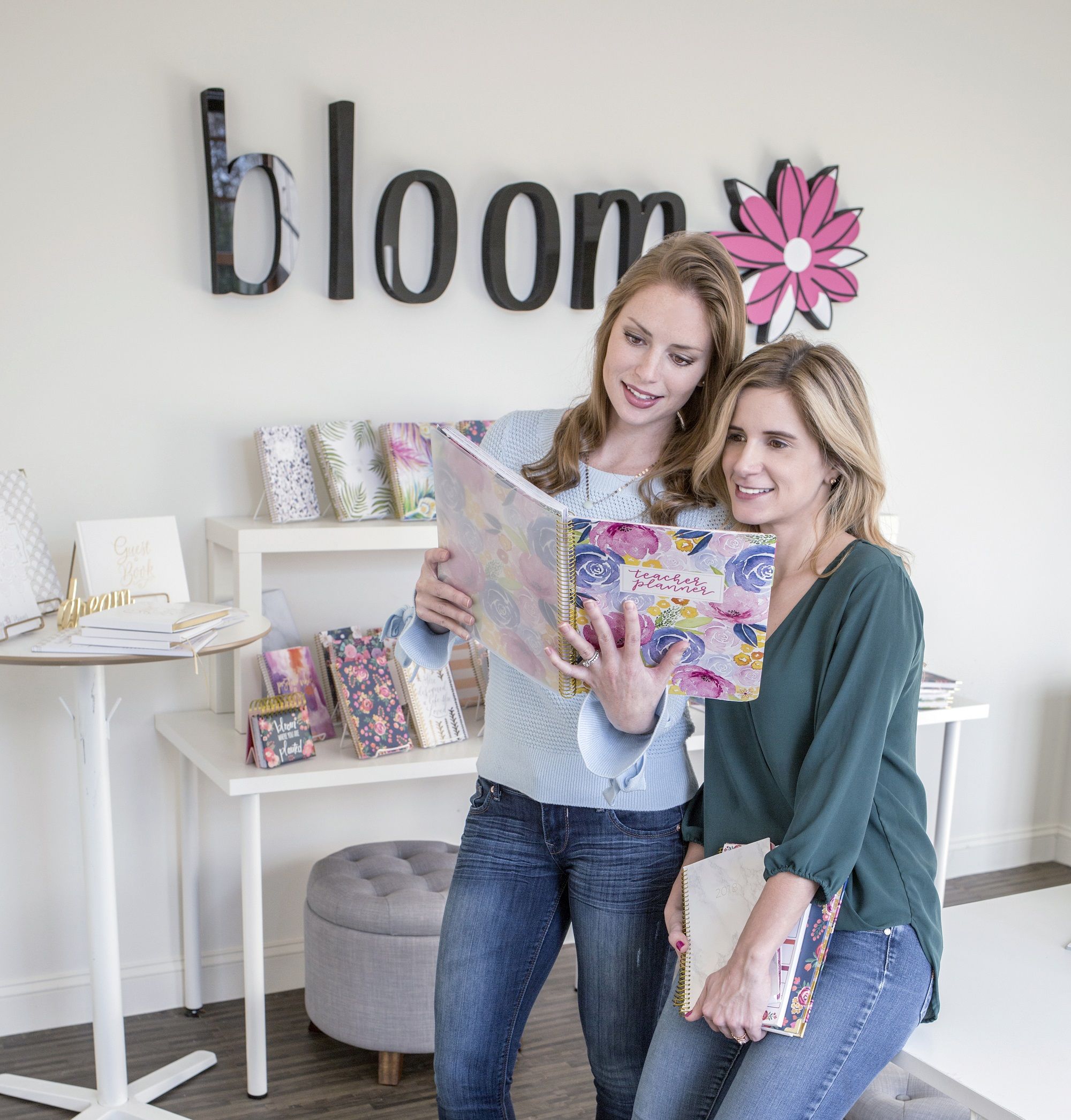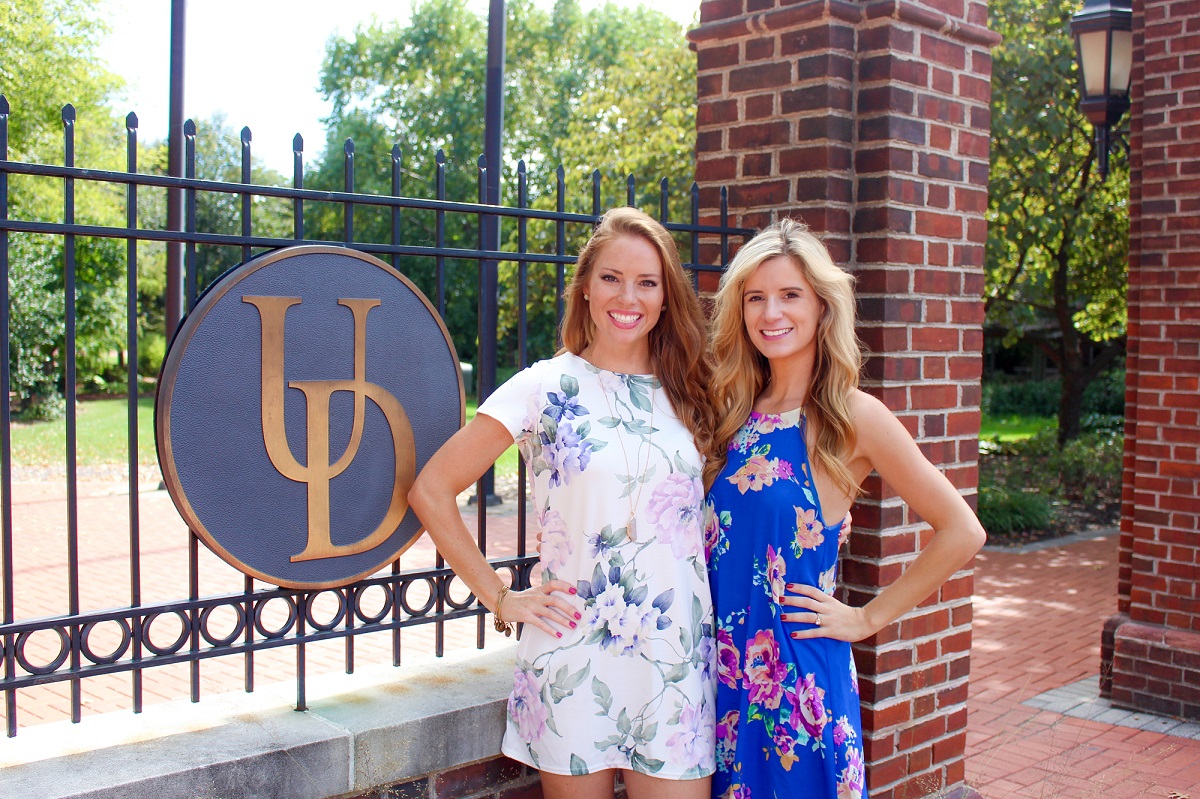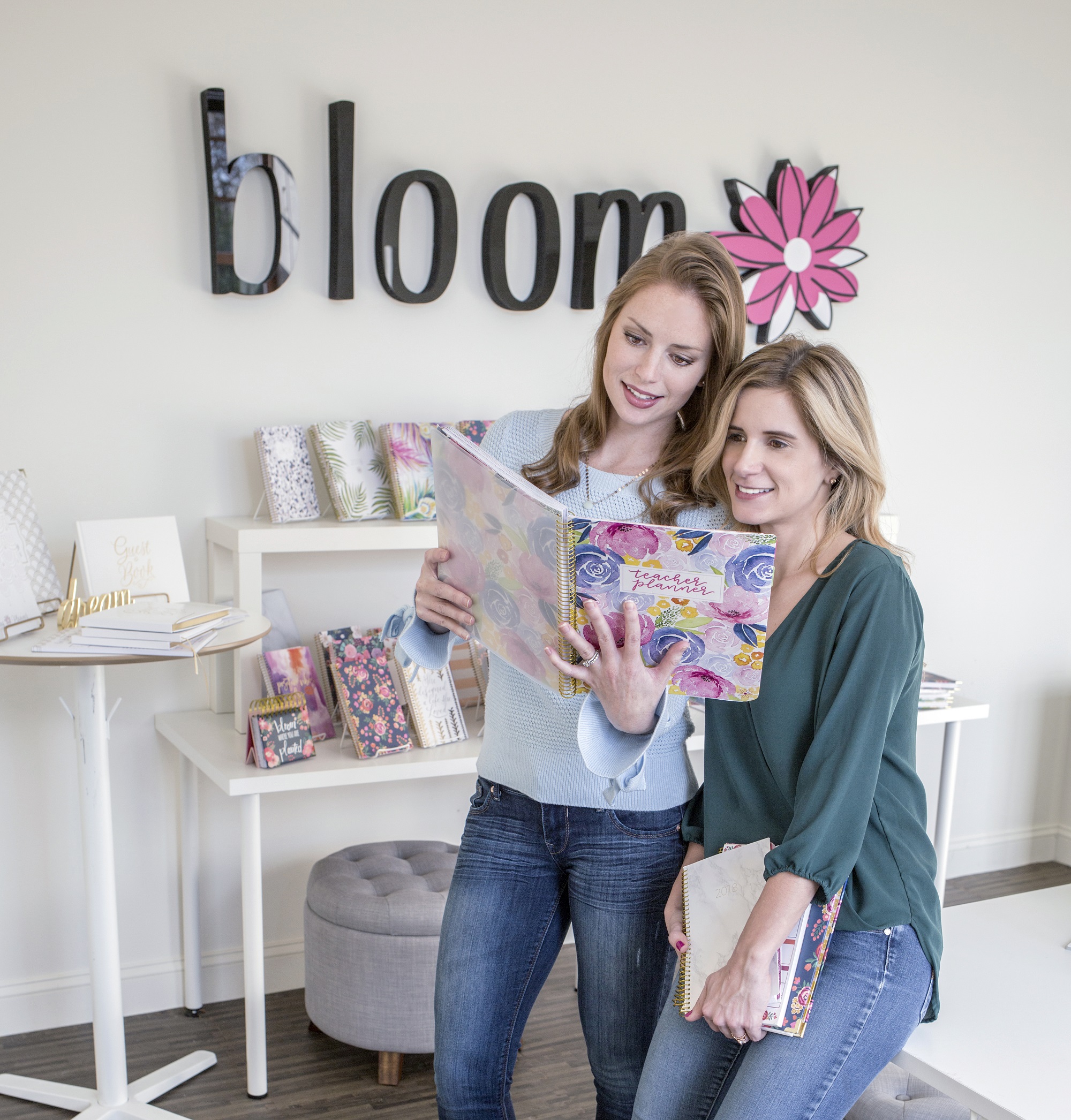Alexis Huttie
Second Grade Teacher, Spanish Immersion Program
Alexis Huttie loves Delaware
Alexis Huttie
Second grade proved to be a pivotal grade for Alexis Huttie. When she was in second grade, she ended up taking “a year of growth”. And then she would find herself experiencing that grade many times over but in a very different way.
Huttie’s return to 2nd grade would become the seed that inspired her to become a teacher. “I wasn’t the strongest reader, and I wasn’t the most confident student in the world. Taking that year off was a difficult decision that my parents, who are both teachers, allowed me to make.” Huttie worked to repeat a lot of the skills she had struggled with to become a more independent learner.
She excelled in school from thereon. She graduated from Dover High School and received a full scholarship to Delaware State University through the Scholar Teach Educators Program (STEP) to pursue a degree in Education.
In her senior year at Dover High, Huttie did an internship at Fairview Elementary school with Susan Adams, her old kindergarten teacher. The first day of her internship was September 11, 2001. “Seeing how much of a difference the educators made that day solidified that this is what I want to do.”
Huttie returned to teaching with a position at South Dover Elementary School. At 600 students, South Dover has one of the largest and most diverse elementary student populations in the state. After six years at South Dover, Huttie was nominated for Capital School District Teacher of the year in 2018 and won. “It was one of my most humbling experiences ever. I am my biggest critic.”
“I believe that school should be a memorable and meaningful experience. It’s not just about the numbers or shoving knowledge into the students’ brains. It is about understanding the whole child. So I often wear some kind of crazy costume or Wonder Woman outfit — my alter ego. Everything in my classroom is superheroes.”
Huttie is currently teaching the English side of the second-grade Spanish Immersion program. “My two children are in the program and now they are more fluent in Spanish than I am!” Looking forward, Huttie is interested in developing her own education even further. “Ultimately I want to teach teachers to be good teachers. There really isn’t anyone who can prepare you unless they have actually been in the trenches.”
With a constantly evolving curriculum, more interactions with the community are proving to be helpful. “We’ve recently had them at the Hispanic Festival at Holy Cross, we have a district fiesta where they sing and dance and recite poems to show their skills. We do a field trip to local restaurants where the students interact with the staff and each other entirely in Spanish.”
“Delaware had and continues to have everything I need to be successful and flourish in my profession including competitive salaries for educators and opportunities for continued education.”
Collaborations and relationships with local colleges and businesses have been key in helping the program extend beyond what is typical for a school district. The BRINC consortium (a collaboration between Brandywine, Indian River, New Castle County Vocational Technical, and Colonial School Districts) is working to integrate the Blended Learning Initiative throughout the combined districts.
“We do a lot of work with the United Way, they give books out to the students every month. We have partnerships with Wesley College, Delaware State University, Wilmington University. Anytime we need volunteers for activities that we are doing they are more than willing to send students, football and basketball players, which is a great experience for our students.”
Huttie has worked with Shore United Bank’s local outreach nights which provide materials and raffle baskets for the students. “Last year they bought us school supplies and bought us gift cards to be sued for additional school needs.”
When asked about her connection to the state, Huttie was clear. “For college, I chose Delaware State University to take advantage of the STEP program. From being in this program, and being in my hometown, I was able to network and create partnerships that I still have and value today. I knew what I wanted to do for my career. I wanted to make a difference as so many educators, including my mom, had made for me. My path was clear. Honestly there was no other option. Delaware had and continues to have everything I need to be successful and flourish in my profession including competitive salaries for educators and opportunities for continued education.”
